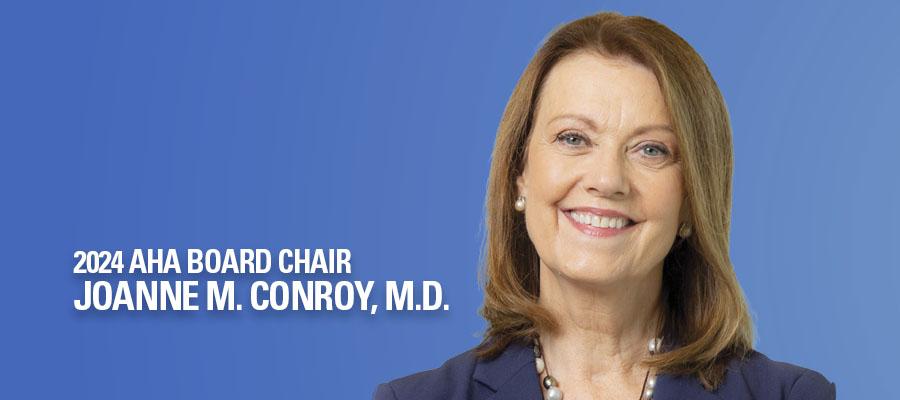Chair File: Supporting Mental Health and Well-being and Preventing Suicide

September is Suicide Prevention Awareness Month. Suicide is a public health issue. Someone in the U.S. dies by suicide every 11 minutes. In 2022, suicide was among the top nine leading causes of death for people ages 10–64, and it was the second leading cause of death for people ages 10–14 and 25–34, according to the Centers for Disease Control and Prevention. Some populations have higher rates of suicide, including active-duty military members and veterans. And for every suicide death, there are many, many more people who seriously consider, plan or attempt suicide. The devastating impact that losing a loved one to suicide has on families, friends and communities cannot be overstated.
Suicide is preventable. By helping people in times of crisis get the care and support they need — and addressing the stigma that may discourage people from seeking needed care — we can reduce factors that increase risk and increase factors that promote resilience and recovery.
An important aspect of suicide prevention is supporting the mental health and well-being of the workforce. In October 2022, U.S. Surgeon General Vivek Murthy, M.D., published a “Framework for Workforce Mental Health & Well-being.” This publication cited concerning statistics from a 2021 survey of workers across for-profit, nonprofit and government sectors: 76% of respondents reported at least one symptom of a mental health condition, an increase of 17 percentage points in only two years. In addition, 84% of respondents reported at least one workplace factor had a negative impact on their mental health. The surgeon general’s report noted that while the pandemic “did not create” such workplace stressors, “it worsened many of them.”
There is no health without mental health, and the AHA is committed to supporting mental well-being and improving access to behavioral health screenings, referrals and treatment. Visit AHA.org for valuable resources on suicide prevention. Here are a few:
- An AHA guide offers a curated list of 12 evidence-informed interventions that hospitals and health systems can implement to reduce the risk of suicide among their employees. We know that health care workers are at an increased risk for suicide due to long work hours, emotionally difficult situations with patients and their family members, risk of exposure to diseases and other hazards, including workplace violence, and routine exposure to human suffering and death.
- Health care leaders must prioritize their mental well-being too. We know that stigma plays a role in clinical staff’s reluctance to report their own mental health challenges. Sharing a mental health issue should be treated the same as reporting a physical injury. In a powerful video from the AHA, Daryl Tol, former CEO of AdventHealth Central Florida, discusses his personal struggle with anxiety and why health care leaders must eliminate the stigma around employees talking about their mental health. I encourage you to watch the video, if you haven’t already, and share it with your colleagues.
- More than 30% of Americans have diagnosed anxiety disorders, and I talk with Robert Brady, who leads the Anxiety Disorders Service at Dartmouth Health, about this topic in a recent Leadership Dialogue.
- When talking about suicide with patients and co-workers, the language we use is important. One of AHA’s People Matter, Words Matter posters focuses on using destigmatizing language about suicide.
Too many individuals, families and communities have been affected by suicide. Talking more openly about suicide and mental health issues is a promising development — one that offers hope for reducing stigma, helping people become better informed, and finding solutions to ensure that people at risk feel supported and connected. Let’s keep these conversations going.
If you or anyone you know are in crisis, please call 988 — the suicide and crisis lifeline — or 911 or go to the nearest emergency department.

